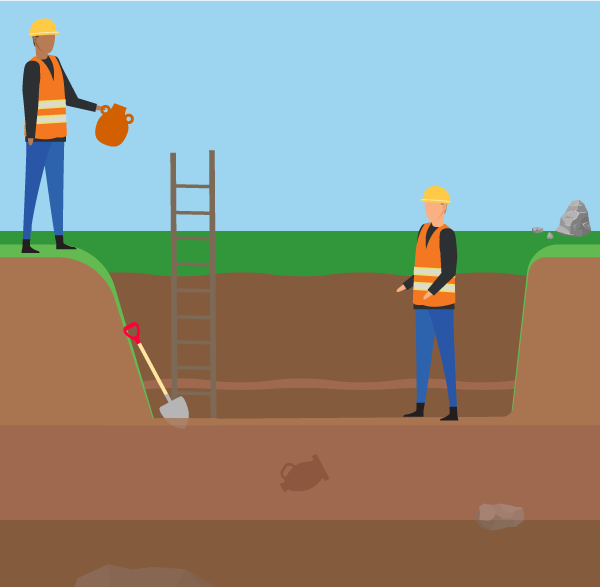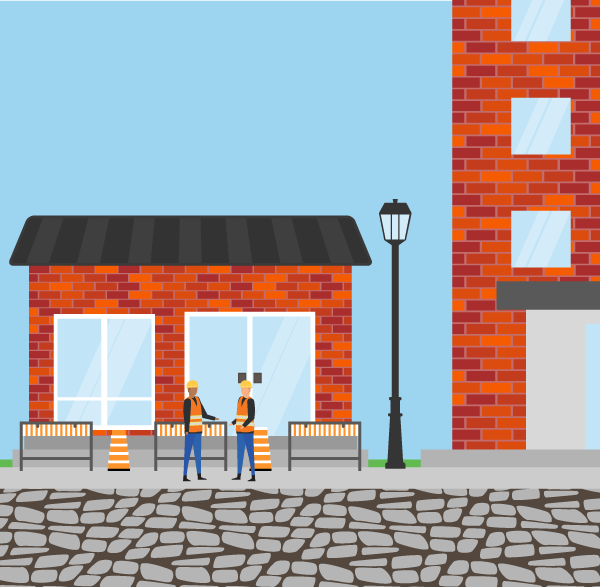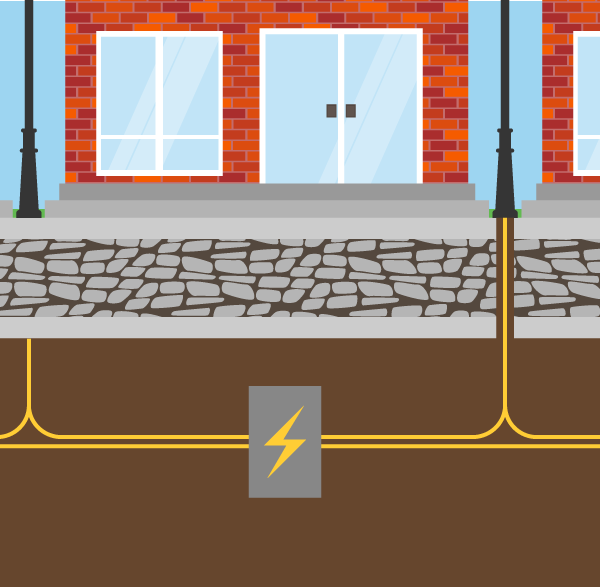To access the other concept sheets in the Heritage Cities unit, check out the See Also section.
Planning and development is the modification or transformation of a territory with the goal of making it accessible, functional and usable.
There are advantages to a city having one or more heritage sites, but there are also costs related to conserving them. Heritage sites can also be an obstacle because the city must organize its development taking into account the restrictions (obligations) related to these sites.
Heritage cities must respect UNESCO’s measures for sites on the World Heritage Site list. The purpose of these restrictions is to preserve these sites and their heritage. Here are a few examples.
|
|
Conduct archeological digs prior to planning to build on a site. |
|
|
Ensure that the heritage character of the buildings is respected during their renovation or restoration by using, for example, the same architectural style and the same materials as the original building. |
|
|
Integrate installations for electricity and the Internet as well as transportation routes in a way that respects the heritage character of the site. |
Each city must also adapt to the particular characteristics of its site. Quebec City built several stairways as well as a funicular to connect the two parts of this heritage site, which is divided by a cliff. Venice adapted transportation on its territory to enable people to travel on its many waterways.
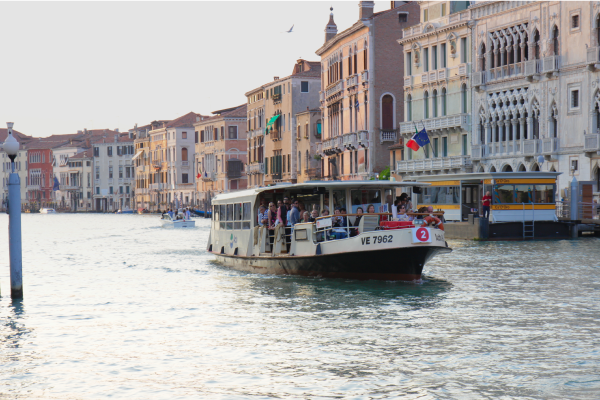
Police services, as well as ambulances, taxis and buses get around, in part, on water. In Venice, waterbuses, or vaperettos, are part of the public transportation system.
Source: blisser, Shutterstock.com
In the planning and development of a heritage city, it is necessary to protect and promote heritage, but also make it accessible to the public. Since heritage sites attract tourists, it is necessary to adapt planning and development to their needs.
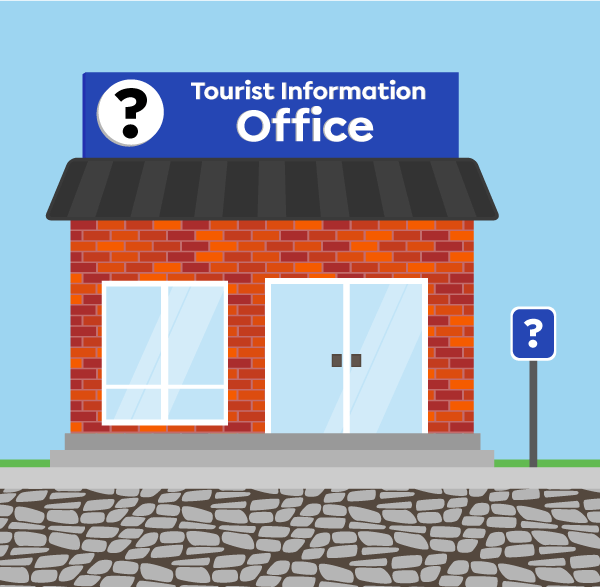 |
Objective: Make historical information available.
|
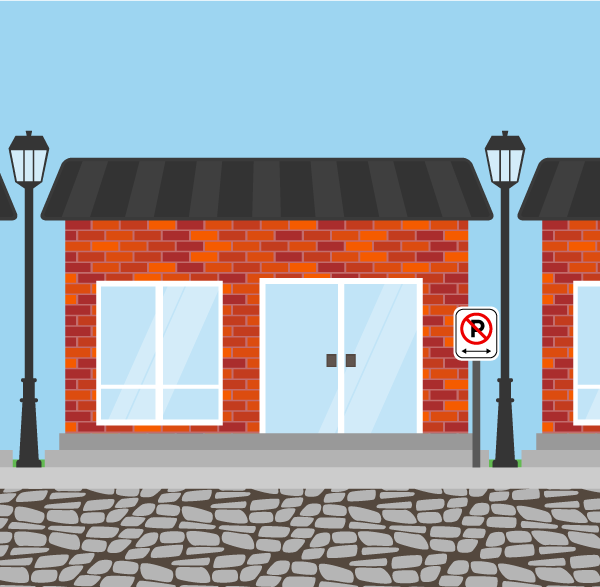 |
Goal: Ensure efficient management of transportation
|
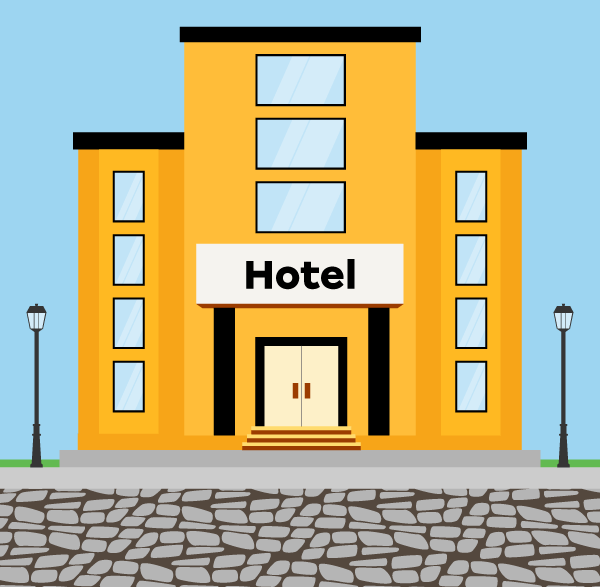 |
Goal: Develop facilities for tourists |
Tourism has its advantages, such as supporting the local economy. However, certain heritage cities are very popular among tourists, which means that there are large numbers of people in the same place at the same time. This can cause sound, visual and atmospheric pollution.
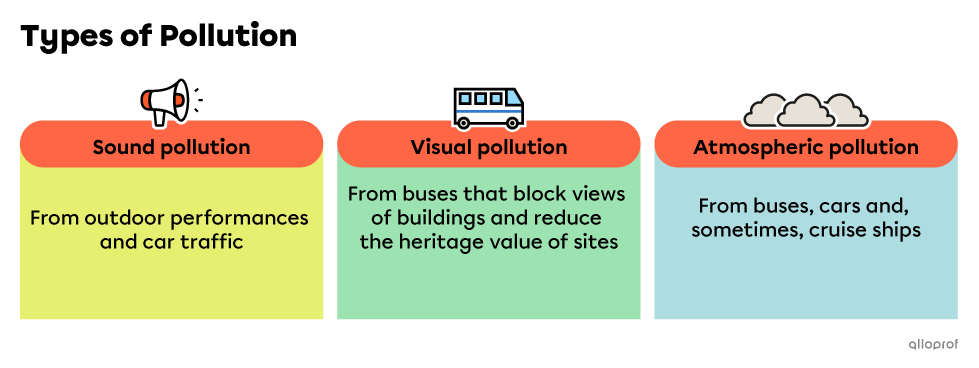
When a heritage site is inhabited, the city must think about the needs of residents so that they can continue to live in the heritage area. Their needs are different from those of tourists, requiring the city to take certain actions.
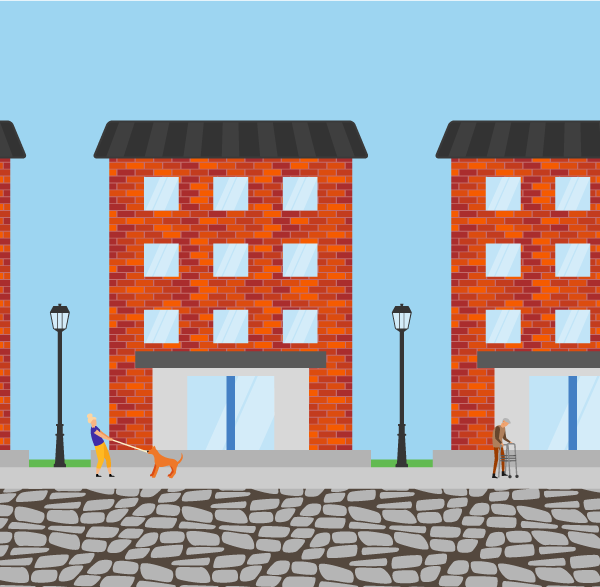 |
Ensure that there is enough housing. |
 |
Promote the development of local services and businesses, such as grocery stores, pharmacies, hardware stores, etc. |
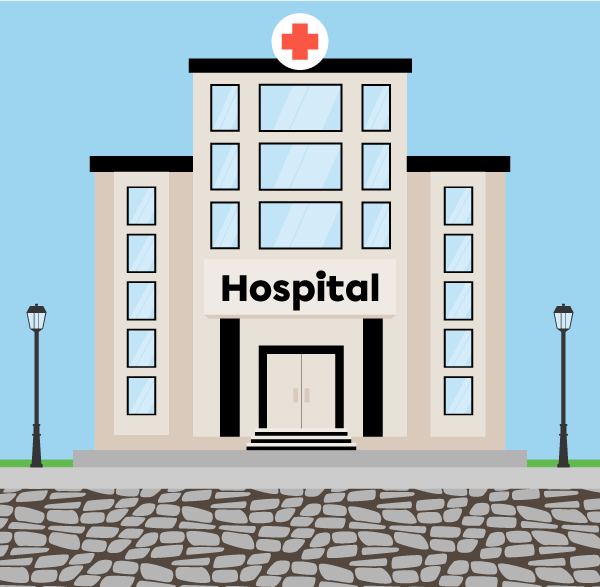 |
Facilitate access to health care. |
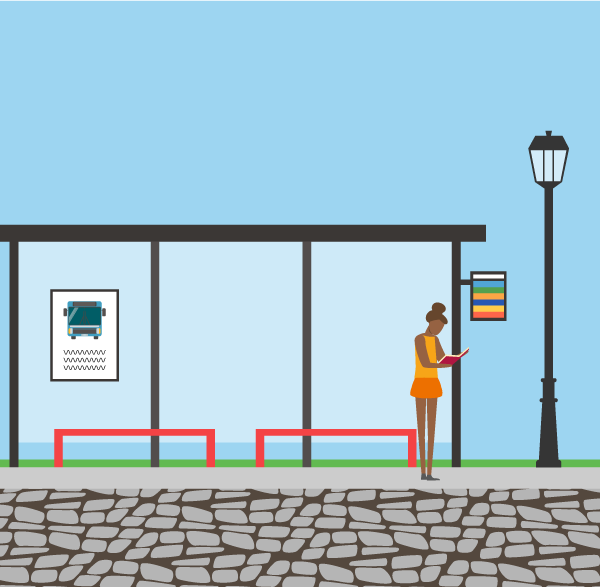 |
Facilitate travel on the site by:
|
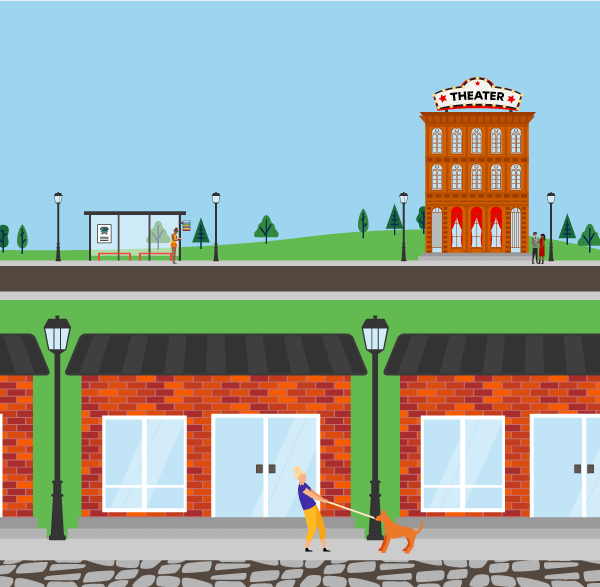 |
Reduce high concentration of tourists in the most populated areas of the heritage site, for example, by moving certain major events away from the site. |
To access the rest of the unit, you can consult the following concept sheets.
